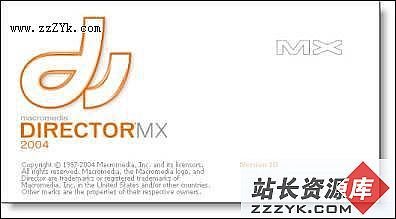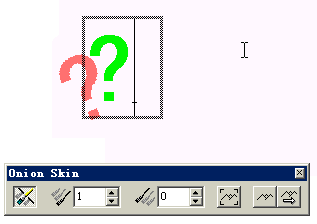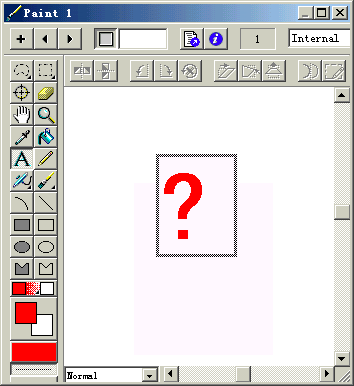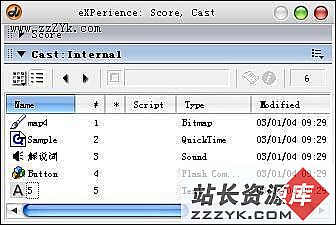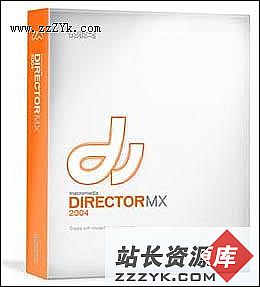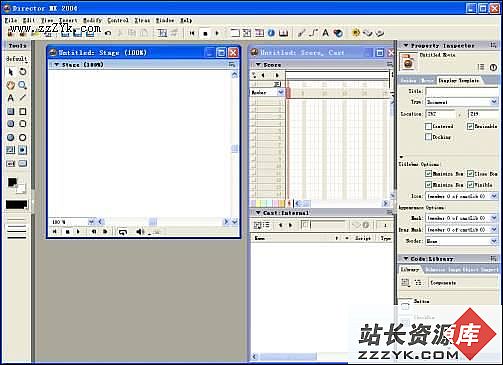cocos2d开发学习二:关于 Director,Scenes, Layers, Sprites详解
[cpp]<pre name="code" class="cpp">以游戏开场进入菜单选项来简单介绍下一中提到的四个概念的使用</pre>
<pre></pre>
<pre name="code" class="cpp">Director:除了在应用启动后对全局的的配置设置,后期它更多的作用在于场景的转换(scene)</pre>初期用到主要的几个方法: <br>
replaceScene<br>
popScene<br>
pushScene<br>
runwithScene<br>
<br>
Scenes:场景,其实这个抽闲的概念在代码量基本很少,一般就在就是初始化一个场景时会看到他实例化,然后被添加进1-N个layer层。然后返回该对象供Director来操作。<br>
一般会看到它的地方<br>
+(CCScene *)scene<br>
{<br>
CCScene *scene = [CCScene node];//其实就是执行了init,使用自动释放<br>
CCLayer *layer = [MenuLayer node];<br>
[scene addChild:layer];<br>
return scene;<br>
}<br>
一个scene中可以包含多个layer。<br>
Layers:书上也说了,基本99%的工作量都是对这个东西的编写操作。<br>
你可以在layer上面创造各种子layer和Sprites,说白了,其实都是节点。<br>
CCMenu *menu = [CCMenu menuWithItems:item1,item2, nil];<br>
menu.tag = 100;<br>
CGSize winSize = [[CCDirector sharedDirector] winSize];<br>
<br>
menu.position = CGPointMake(winSize.width/2, winSize.height);<br>
[self addChild:menu];<br>
上面是简单的在layer上放上了一个菜单layer。<br>
<br>
Sprites:精灵的话可以理解最小单元的node(当然只是一种自我概念)<br>
<p>游戏的主角啊什么,花花草草都可以看成是一个个Sprites</p>
<p><br>
</p>
<p>cocoaChina 上有个更官方的解释这4个概念:<a href="http://www.cocoachina.com/gamedev/gameengine/2010/0419/1116.html">http://www.cocoachina.com/gamedev/gameengine/2010/0419/1116.html</a></p>
<p>我觉得写的很好,理解起来也很明了</p>
<p><br>
</p>
<p>好了,理解了以上4个最重要的元素后,我们开始着手编码也运用他们了</p>
<p>我们的第一个helloword就问候完本人顺便问候家里人了</p>
<p></p>
<pre name="code" class="cpp">- (BOOL)application:(UIApplication *)application didFinishLaunchingWithOptions:(NSDictionary *)launchOptions
{
// Create the main window
window_ = [[UIWindow alloc] initWithFrame:[[UIScreen mainScreen] bounds]];
CCGLView *glView = [CCGLView viewWithFrame:[window_ bounds]
pixelFormat:kEAGLColorFormatRGB565 //kEAGLColorFormatRGBA8
depthFormat:0 //GL_DEPTH_COMPONENT24_OES
preserveBackbuffer:NO
sharegroup:nil
multiSampling:NO
numberOfSamples:0];
director_ = (CCDirectorIOS*) [CCDirector sharedDirector];
director_.wantsFullScreenLayout = YES;
[director_ setDisplayStats:YES];
[director_ setAnimationInterval:1.0/60];
[director_ setView:glView];
[director_ setDelegate:self];
[director_ setProjection:kCCDirectorProjection2D];
// [director setProjection:kCCDirectorProjection3D];
if( ! [director_ enableRetinaDisplay:YES] )
CCLOG(@"Retina Display Not supported");
navController_ = [[UINavigationController alloc] initWithRootViewController:director_];
navController_.navigationBarHidden = YES;
[window_ addSubview:navController_.view];
[window_ makeKeyAndVisible];
[CCTexture2D setDefaultAlphaPixelFormat:kCCTexture2DPixelFormat_RGBA8888];
CCFileUtils *sharedFileUtils = [CCFileUtils sharedFileUtils];
[sharedFileUtils setEnableFallbackSuffixes:NO]; // Default: NO. No fallback suffixes are going to be used
[sharedFileUtils setiPhoneRetinaDisplaySuffix:@"-hd"]; // Default on iPhone RetinaDisplay is "-hd"
[sharedFileUtils setiPadSuffix:@"-ipad"]; // Default on iPad is "ipad"
[sharedFileUtils setiPadRetinaDisplaySuffix:@"-ipadhd"]; // Default on iPad RetinaDisplay is "-ipadhd"
[CCTexture2D PVRImagesHavePremultipliedAlpha:YES];
//以上都是模板自动给你生成的,就是配置一些全局参数
//启动一个场景
[director_ runWithScene: [MenuLayer scene]];
return YES;
}</pre><br>
<p></p>
<p>以上代码基本就模板自己生成,就是一些相关的设置。这里为了简洁,我把注释都删除了,大家新建后能看到注释。</p>
<p>这也是对Director这个概念最入门的印象,导演么,布置整场戏的道具,演员配置,灯光啊,音响啊什么的。</p>
<p>然后布置完后,第一场景开始 runWithScene。</p>
<p>我这边第一场景假设是菜单选择场景。</p>
<p></p>
<pre name="code" class="cpp">@implementation MenuLayer
+(CCScene *)scene
{
CCScene *scene = [CCScene node];//其实就是执行了init,使用自动释
补充:移动开发 , 其他 ,